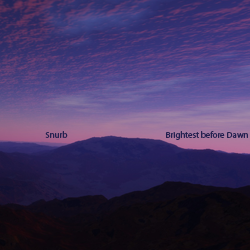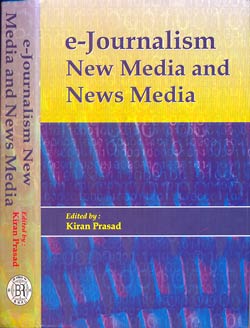The next paper in this AoIR 2016 session is by Hilde van den Bulck, which shifts our focus to the mourning of David Bowie after his death on 10 January 2016. Bowie had had a stellar and constantly shifting career, of course, but had also managed to keep his private life comparatively private, which is why his death came quite unexpectedly. Not least because of this there was a massive reaction to news of his death on Facebook and Twitter.
One of the spaces that quickly emerged for such 'i-mourning' was the #bowie hashtag on Twitter. This became …

 The music on this CD is drawn from a range of recordings I’ve made on my laptop during various overseas trips between 2005 and 2008.
The music on this CD is drawn from a range of recordings I’ve made on my laptop during various overseas trips between 2005 and 2008. First, with a chapter on "
First, with a chapter on "










